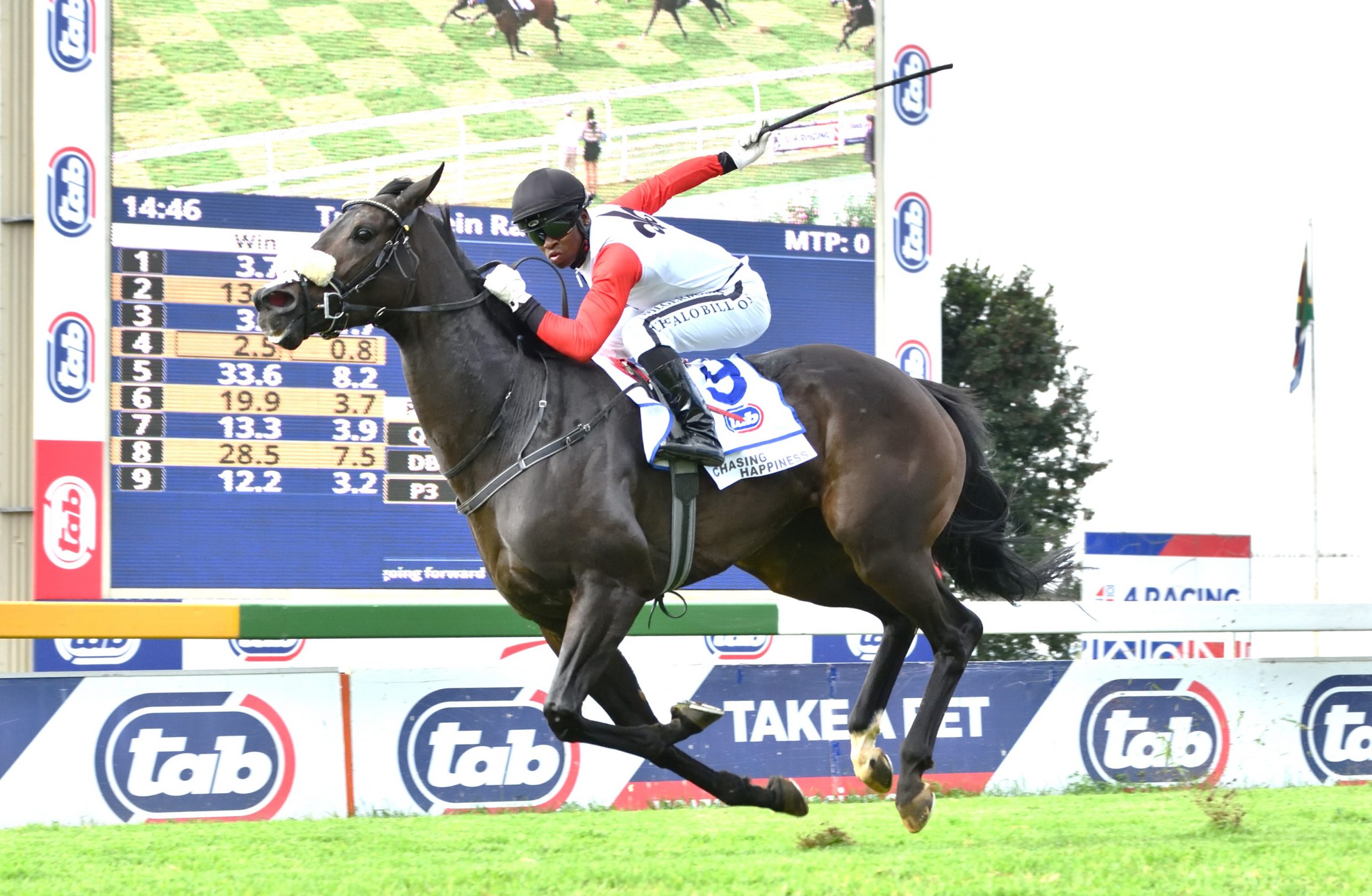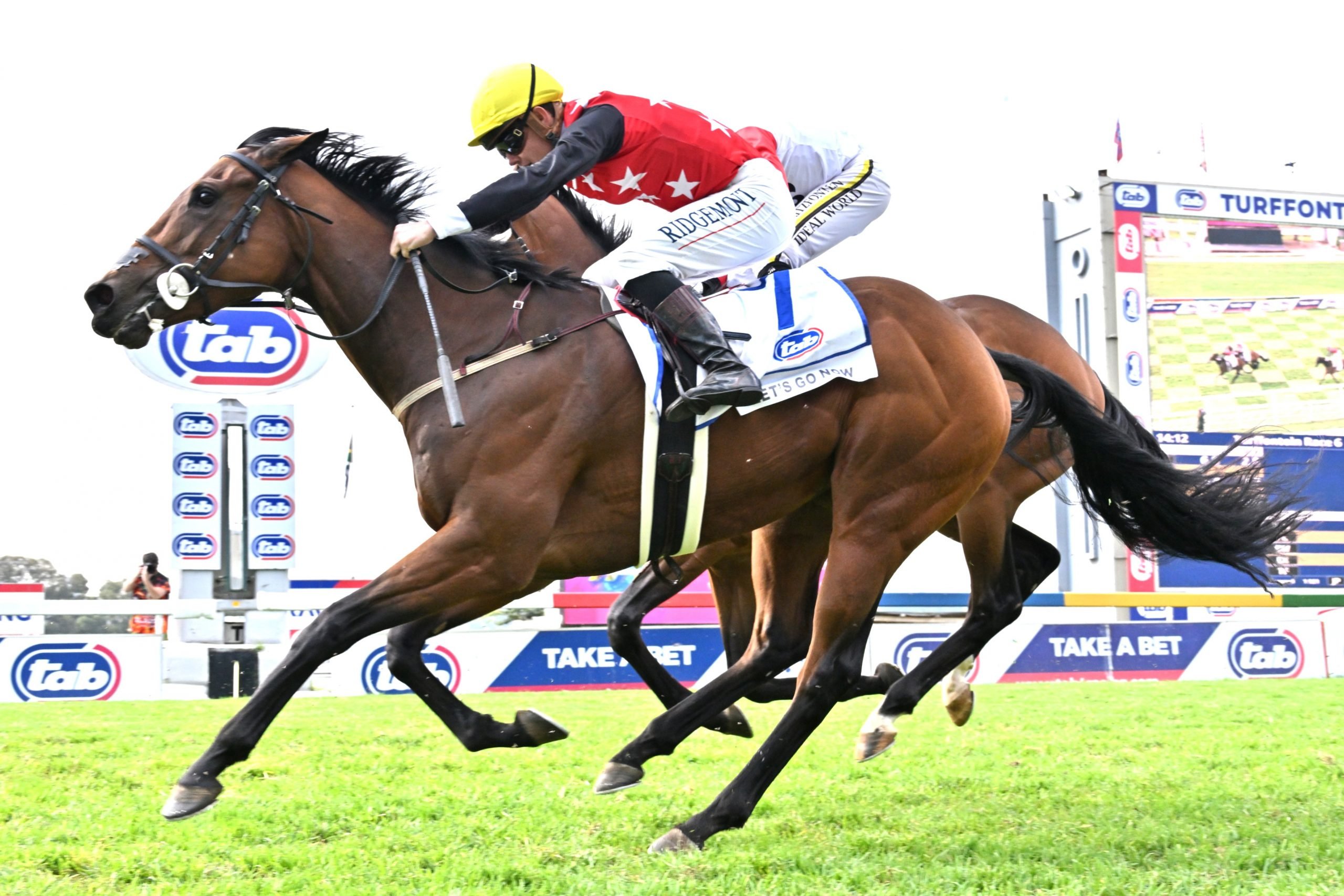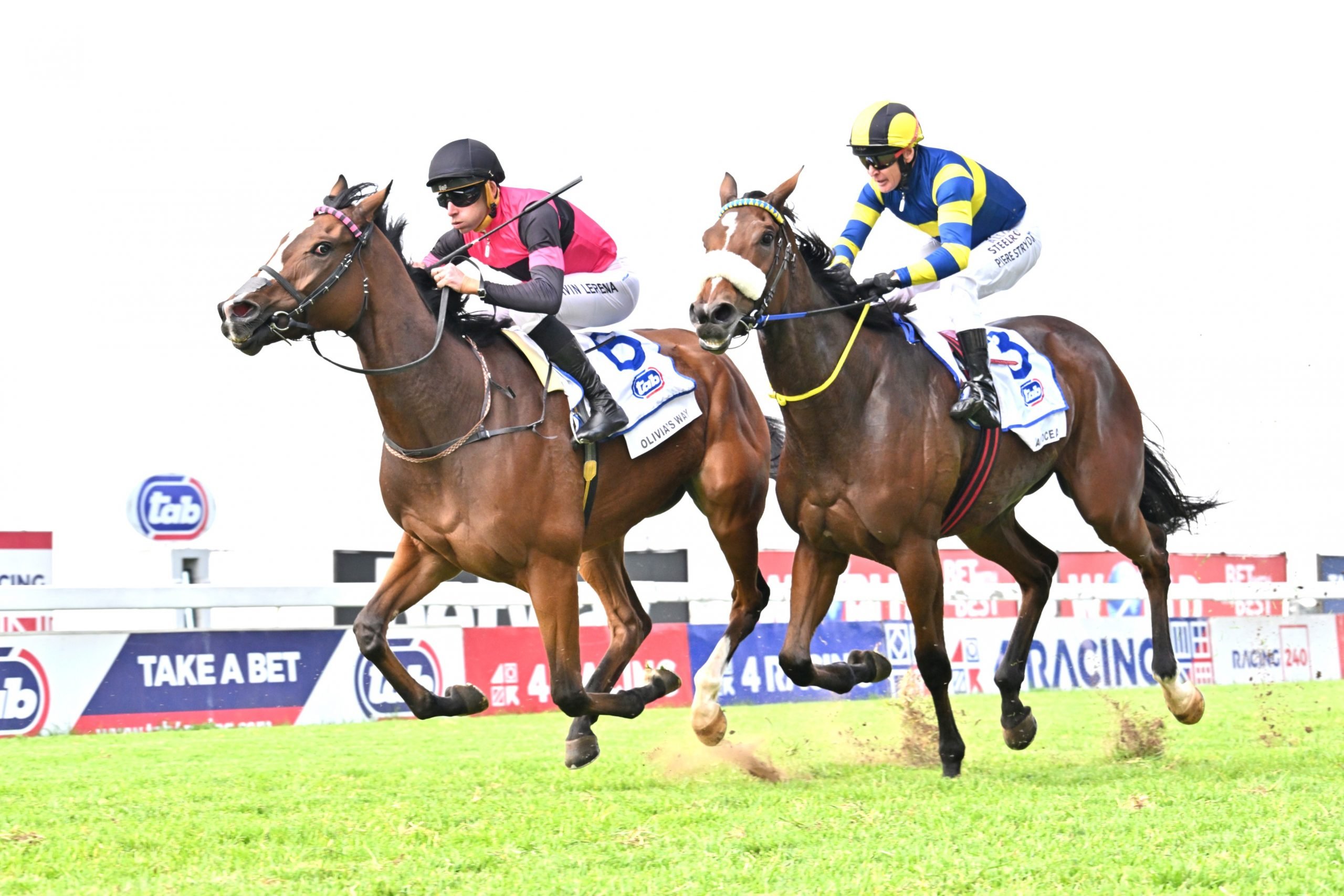One of the great things about being a columnist is that it’s a sort of unofficial license to be a groupie. It grants you a magic passport to ring up all manner of fabulous people and ask them lots of nosey questions. I’m sure that’s got a lot more to do with writing for the “Sporting Post” than it has to do with being “Robyn Louw”, but hey, I’ll take it!
And the wonderful thing about people who are good at what they do and passionate about sharing it, is that they have a wonderful energy about them. Just spending time in their company somehow enthuses and uplifts you. If I could somehow bottle that feeling I’d be 10 times more productive!
I kicked off my week with a chat to Richard Maxwell, or Max as he is more widely known. For those of you going “who?” Max is one of the world’s leading Horse Whisperers / Natural Horsemen / Remedial Therapists / whatever the current buzzword is. A Yorkshire native, Max grew up around horses, although he only started riding at 9 and got his first pony (Flicka) when he was 11. However, he’s never looked back.
About Max
At the age of 17 he joined the Army. He really wanted to join the Kings Troop Royal Horse Artillery, but his local recruitment office put him in the 4th/7th Royal Dragoon Guards and he ended up in a tank regiment in Germany. However, he couldn’t stay away from the horses for long and soon found a position as a groom at the Rhine Army Polo Association, which in turn led on to him joining the Household Cavalry, where he became a military riding instructor. As part of the riding staff, Max evented and show-jumped and was also responsible for starting and training the annual draft of Irish horses that arrived every year to become part of the ceremonial team.
It was during his stint with the Household Cavalry that Max first met Monty Roberts. “Monty opened my eyes to see that there was more to horses than traditional military ways”. He says it was the first chance he’d had to start thinking outside the box. He has every respect for traditional methods. “They are tried and tested for a reason and 99 times out of 100, they are effective.
But horses being what they are, there’s always that 1 horse who hasn’t read the manual. Like people, you get some horses who are just round pegs trying to slot into square holes and for some reason the traditional methods just don’t apply to them. And that’s where the natural horsemanship methods put a few more tools at your disposal. With a foot in both camps, there’s always a Plan B!”
It is an interesting analogy. I grew up in a fairly conventional household (in the horse sense anyway!) and arrived in the UK just as “horse whispering” was hitting the mainstream. If it was the sort of thing you were into, then the UK was a great place to be and one was spoilt for choice with all the clinicians on offer.
As with anything in life, there are several different ‘flavours’, but no matter which one appealed the most, what all my freezing hours on plastic demo chairs in far flung draughty riding halls taught me was that all good clinicians had a few things in common: they were always quiet, always confident and they always had a Plan B. And sometimes a few more just for good measure!
His own way
Monty was ultimately responsible for Max leaving the Cavalry and forging his own career in horses, although it hasn’t always been easy. “It took me a good ten years to marry conventional and natural methods and I think this sets me apart from many of my contemporaries.” However, it is useful having the traditional background.
“People are reticent about change. And that’s understandable. It’s difficult when you’ve been presented with a proven system that works those famous 99 times out of 100. What sets the true professionals apart from the rest is their willingness to go the extra mile to work out how to cope with that tricky 1%. And often it’s the most talented horses that are the most sensitive or quirky as people like to describe them, so going that extra distance sometimes reaps extraordinary rewards.”
Unnatural demands
A thoroughbred is not only an extraordinary piece of biomechanical engineering, it is a supreme athlete, both physically and mentally. And because they are also extraordinarily forgiving creatures, we sometimes take for granted how much they really put up with. It’s only when we come across one of those awkward individuals that we give some thought to the entirely illogical demands we make on them. When one considers that nature intended the horse to live outdoors, more or less constantly on the move in search of a steady stream of poor quality grazing, in big open spaces where they can spot danger easily, it does seem mad that we custom breed an animal that is designed to run, then confine it to a box 23 hours out of 24, feed it twice a day on highly concentrated sweet feed and expect it to climb into small dark metal boxes of various descriptions to satisfy our whim. When you look at it like that, the extraordinary thing is that we have as little trouble as we do!
Max says it’s precisely because of the high calibre horses we are so privileged to work with that has created such an explosion in the demand for alternative methods. It is also big business, because as we know all too well, in our results driven industry, performance is everything. However, conditioning can only take a horse so far and a horse who won’t load, or worse yet, won’t go into the starting stalls, is as good as useless.
Thinking out of the box
So it’s little wonder that Max’s client list includes the likes of Henry Cecil, John Gosden, Michael Stoute and Luca Cumani. Those are some pretty big names. I ask whether there’s ever any awkwardness in being called into work with a horse that a champion trainer has not been able to get right. “Not at all. It’s not a failure on anyone’s part. Horses make fools of men and just when you think you’ve seen it all, along comes another one that defies the rule book. It’s a little like driving really. There are millions of cars on the road and millions of drivers and most of the time, they get home and back perfectly successfully. But if for example you have a sudden storm and slippery roads with water where one is not expecting it, not everyone knows how to get a car safely out of a skid or correct it when it’s aquaplaning. And that’s not their fault. It’s extraordinary circumstances that they are not used to dealing with. It’s the same with horse trainers. Their business is training horses, not fixing problems. Fortunately my business is fixing problems, not training horses!”
While Max is perhaps best known for working with loading problems, he is a talented eventing and show-jumping competitor and also helps horses and riders in disciplines from endurance riding to advanced dressage.
What is the problem he encounters most often? He says the best way he can describe it is that horses don’t like being compressed, where “compression” can mean anything from physical compression into a small space (such as loading), compression between the hands and legs of a rider, or even simply the rigours of a demanding training schedule. Each horse has individual limits and each will react to pressure in a different way. “Most of the time, horses fly under the radar. They’re not doing anything wrong, but they’re not doing anything right either. They’re just getting by. And that’s a dangerous place to be, because if you don’t know what your horse is like under pressure and whether he has learnt how to handle himself in a high stress situation, that’s potentially explosive. It’s a common to hear people saying a horse is behaving badly. It’s not, it’s just being a horse. However, it may be behaving inappropriately for purposes we have in mind.” So Max will carefully drill down to the root cause and then teach the horse how to cope better.
Interestingly, he also notes that cumulative low levels of discomfort can really change a horse’s ability to do its job. While a horse will usually still do its best to do its job while it is not 100%, Max says high pressure environments (like racing) place huge physical demands on horses and while small levels of discomfort won’t result in massive behavioural changes, they will cause a horse’s tolerance levels to change. Sometimes just changing 2 or 3 small things can have a knock-on effect that helps them in the long run. And no matter what methodology you subscribe to, at the end of the day it’s a results based job. Whether you are a traditional trainer or a natural horseman, both are ultimately about improving performance and helping a horse get back to its job.”
Max and his lovely wife Sam fly to South Africa from time to time to visit friends and family and Max’s services are always in great demand. They will be visiting South Africa in March and his schedule is already completely fully booked. However, the demand has been so high that they are already planning a return trip in May this year. If anyone is interested in finding out more, or perhaps even booking a session, please email Sue Gilliatt at [email protected].








